Located in northern Colorado, Rocky Mountain National Park is a national treasure, that provides some of the best scenery and wildlife in the entire United States. And although the park is only about 75 miles from Denver’s airport, it may as well be on another planet, given the pristine nature of the habitats that are found within its borders.
First established in 1915, the park has been very popular since it was founded. In fact, more than 4 million visitors enjoy the park’s 265,000 acres of habitat every year.
Below, we’ll discuss some of the park’s most notable wildlife species and provide some tips that will help you see as many as possible.
Large Hoof Stock: Elk, Deer and Moose
Rocky Mountain National Park is home to several different hooved mammals, many of which are easy to see.
Three different members of the deer family (Cervidae) inhabit Rocky Mountain park, and you may have the chance to see all three during your visit. Mule deer are the smallest of the three deer species to inhabit the park, but they’re still amazing to behold. Fortunately, their numbers have risen in recent decades, as they almost became extinct at the end of the 19th century.
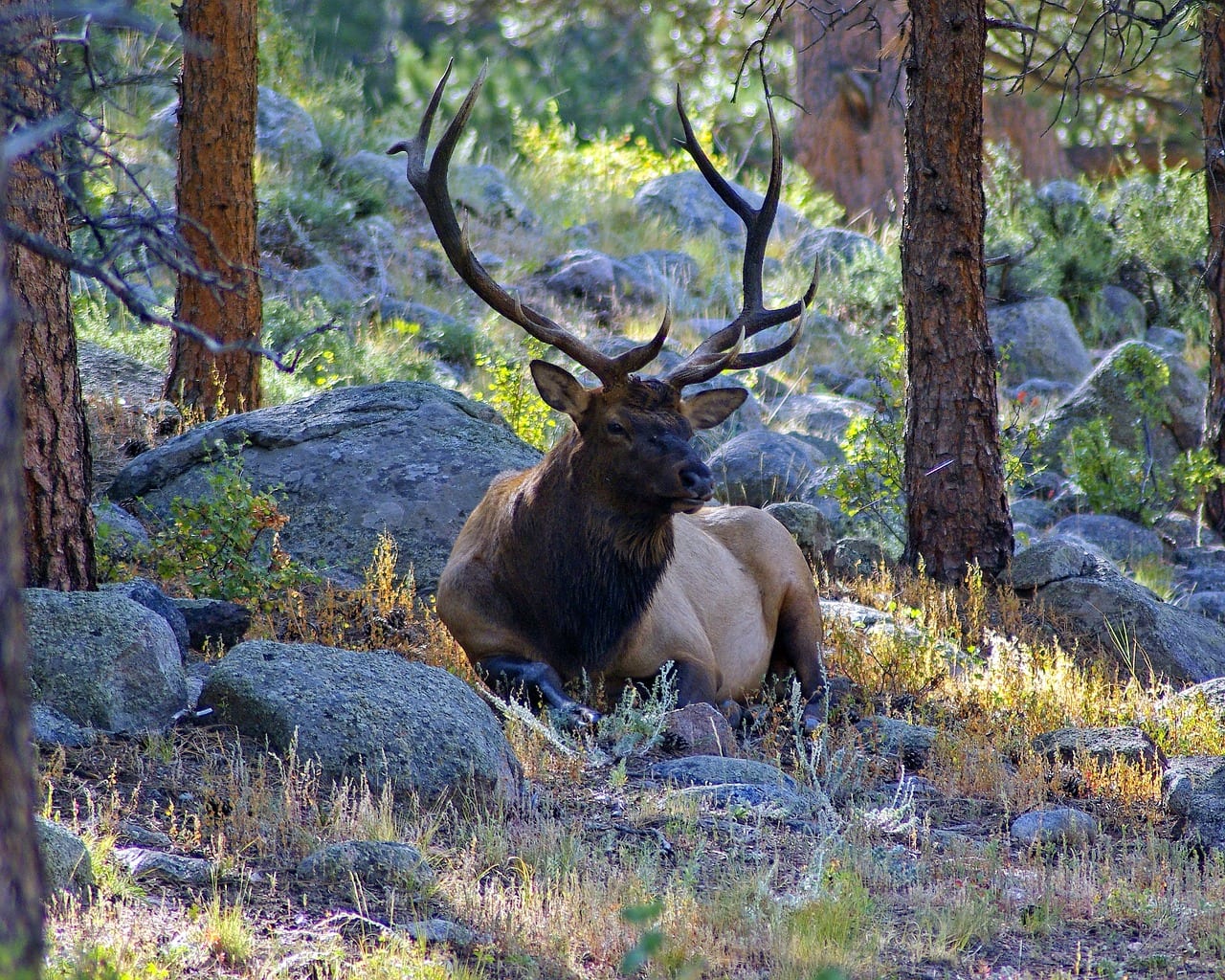
Elk are gigantic deer, who often stand up to 5-feet-tall at the shoulder. They’re truly impressive to behold, and they are frequently seen in the park during all seasons. However, you may find it easier to spot them in the autumn or winter, when they descend from the mountains at the start of their breeding season.
An Extremely Rare Ungulate Lurks in the Wilderness
In addition to deer, elk and moose, the park is home to one other incredible ungulate.
Deer, elk and moose aren’t the only hooved animals to call Rocky Mountain National Park home. Pronghorn antelope – the fastest mammal in North America – also appear to live in some portions of the park. However, they seem to be exceedingly rare. Only a few have ever been observed inside the park’s borders, and the last confirmed sighting occurred in 2002.
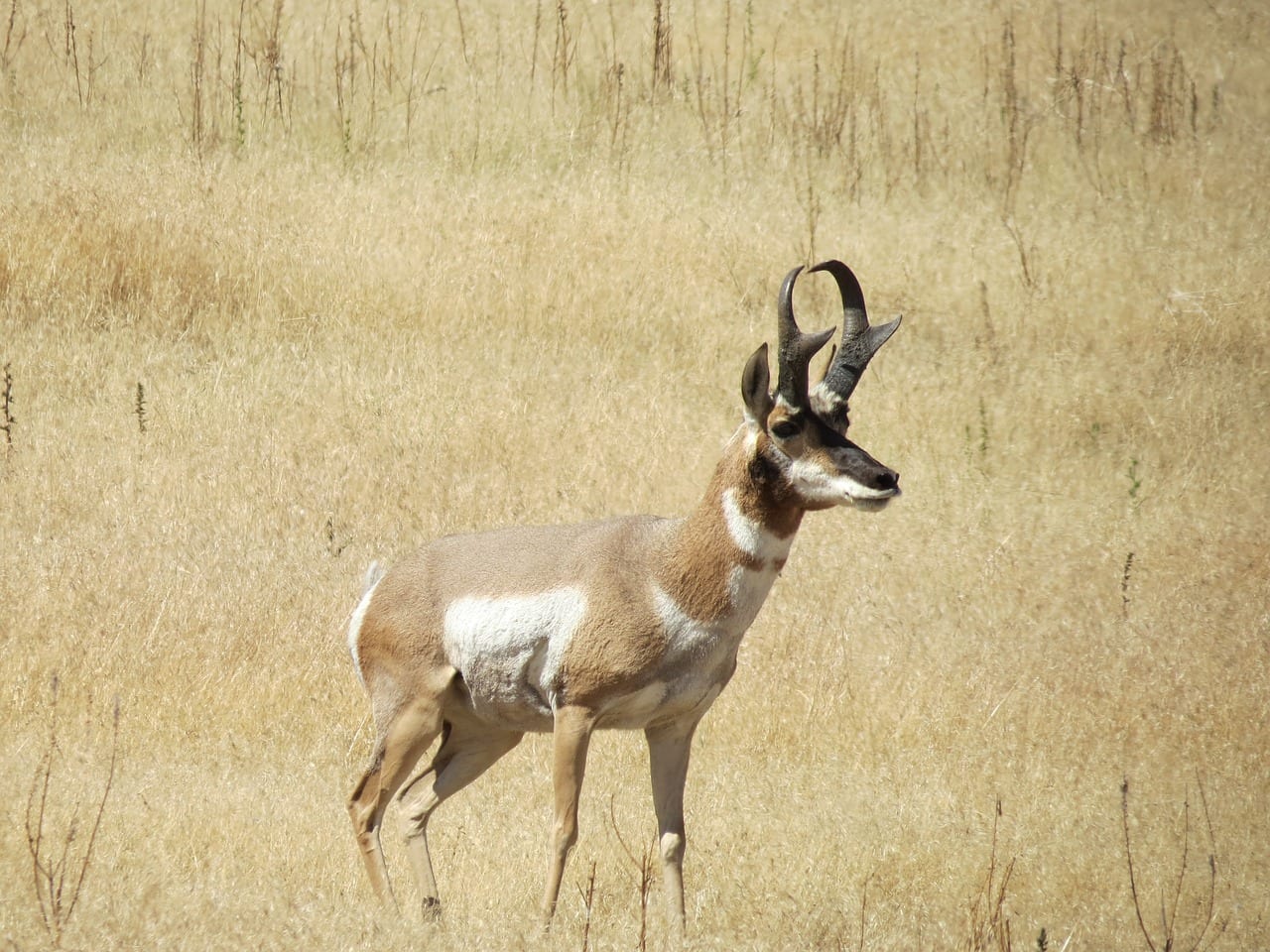
The park’s pronghorn antelope population is thought to frequent the higher elevations, so be sure to keep your eyes peeled and break out your binoculars from time to time to scan the hillsides. You may just get lucky.
Rocky Mountain Felines: Cats That Call the Park Home
A few large cats live within the Rocky Mountain National Park’s borders.
Three large cat species call Rocky Mountain National Park home. Bobcats and lynx both weigh in the 15- to 30-pound range, although bobcats may occasionally reach 40 pounds or more. They tend to subsist on rabbits and other small prey, but they make take the occasional deer when food is scarce.
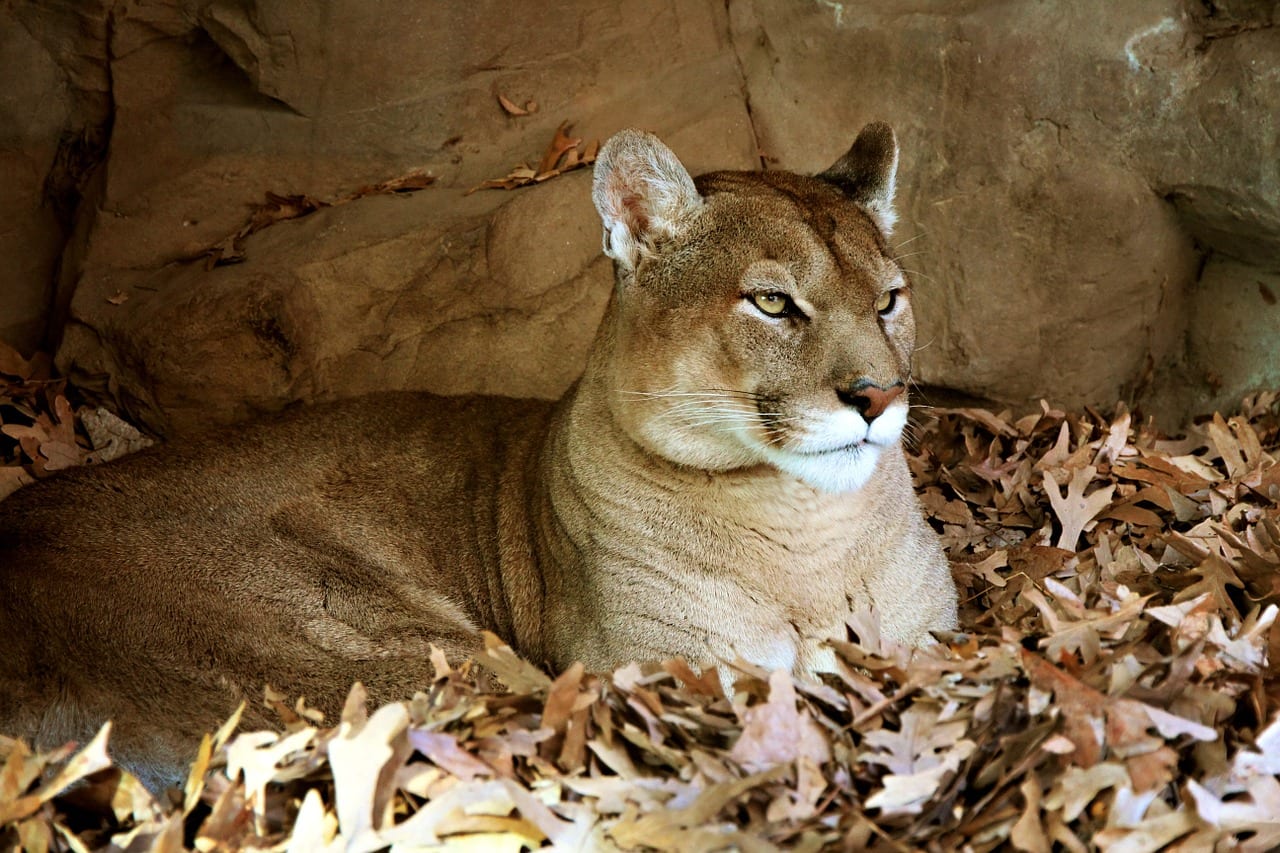
The other cat species that prowls the Rocky Mountain wilderness is the mountain lion (also known as the puma or cougar). Mountain lions are much larger than the other two species, with large males sometimes exceeding 200 pounds. Mountain lions typically take larger prey – primarily deer — than the smaller two cats, but they may catch a rabbit or bird from time to time.
All three cats are very secretive animals, so you’ll need to have sharp eyes to spot one while exploring the park.
Bears of the Mountains
Black bears are another large predator that lives in Rocky Mountain National Park.
Historically, Rocky Mountain National Park was home to two bear species, including black bears and grizzly bears. However, grizzly bears have been extirpated from the state of Colorado, so black bears are the only ones you’ll have the chance to see during your trip.
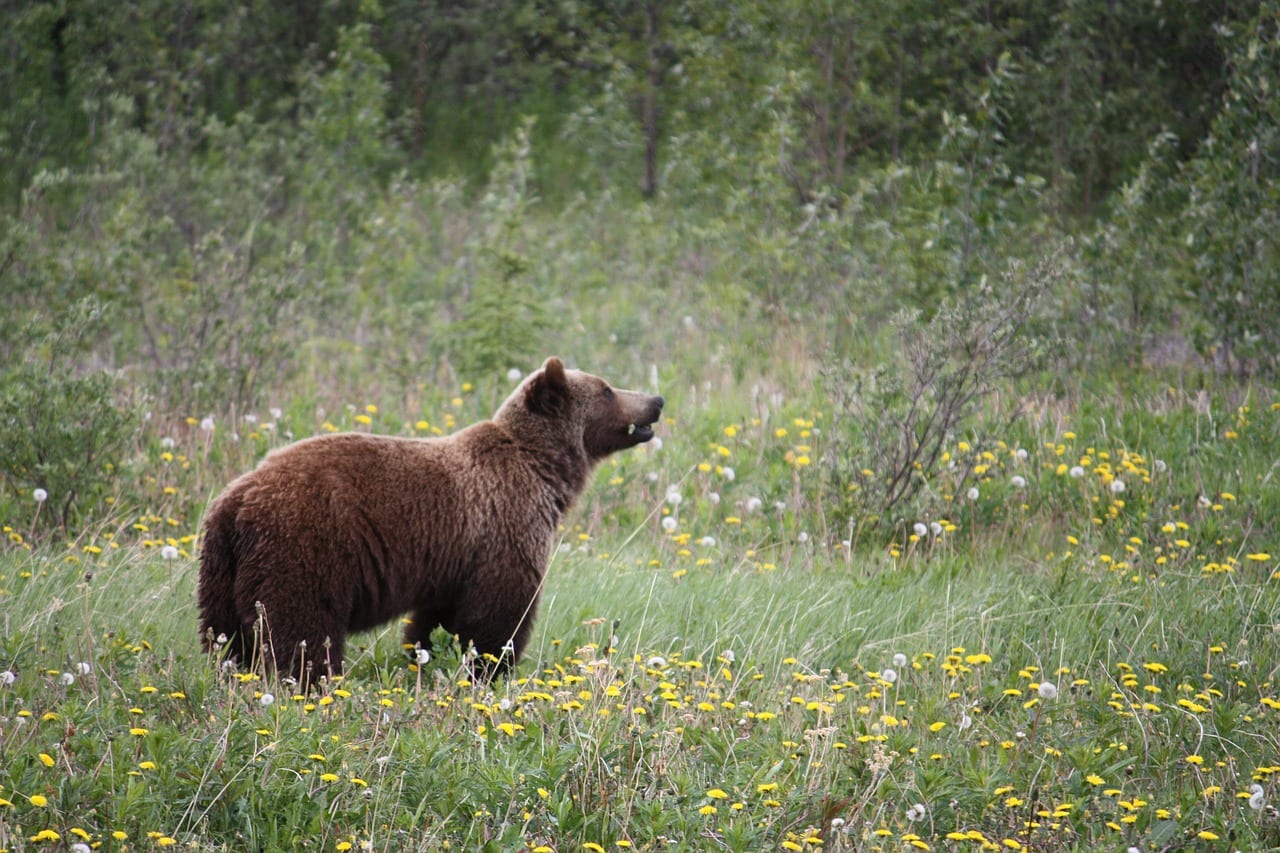
Black bears are smaller than their cousins, the grizzlies, but they certainly aren’t small. Some individuals may weigh nearly 500 pounds. Black bears can and do eat other animals – particularly weak, sick or dying individuals – but they primarily subsist on plant matter. This includes berries, roots and nuts. They will also scavenge food from dumps and garbage cans (as well as unsecured food campers leave lying around).
Black bears are shy, and they typically try to avoid human contact. However, if you spend enough time exploring the park (particularly in the early morning or late evening), you’ll likely see one eventually.
Wildlife Viewing Tips
Make the most of your Rocky Mountain adventure by employing the following wildlife-viewing tips.
Rocky Mountain National Park provides visitors with the chance to see a variety of spectacular wildlife species. However, you won’t see very many animals if you just stumble around aimlessly. Instead, you’ll need to employ a few helpful tips and tricks to increase your odds of seeing critters.
We’ll discuss a few of the most important things to do below:
- Make sure to pay special attention to the fields and valleys of the park. These areas often offer visitors with the best chance to see deer and elk browsing on vegetation.
- Spend some time watching for wildlife near dawn or dusk. Many of the park’s most iconic species – including elk and mule deer – are most active during low-light periods.
- Bring binoculars to help increase the amount of land you can scan. Many of the animals you’ll have the chance to see at Rocky Mountain National Park will stay very far away from humans. But with a good pair of binoculars, you’ll be able to see them in much greater detail.
- Talk to the park staff about recent wildlife sightings. Many of the animals in the park, such as elk and deer, are pretty numerous, and therefore easy to spot. However, most of the park’s predators are shy, so sightings are less common. But park staff often learn of recent sightings, and they can point you in the right direction to see some of the rarer animals living in the park.
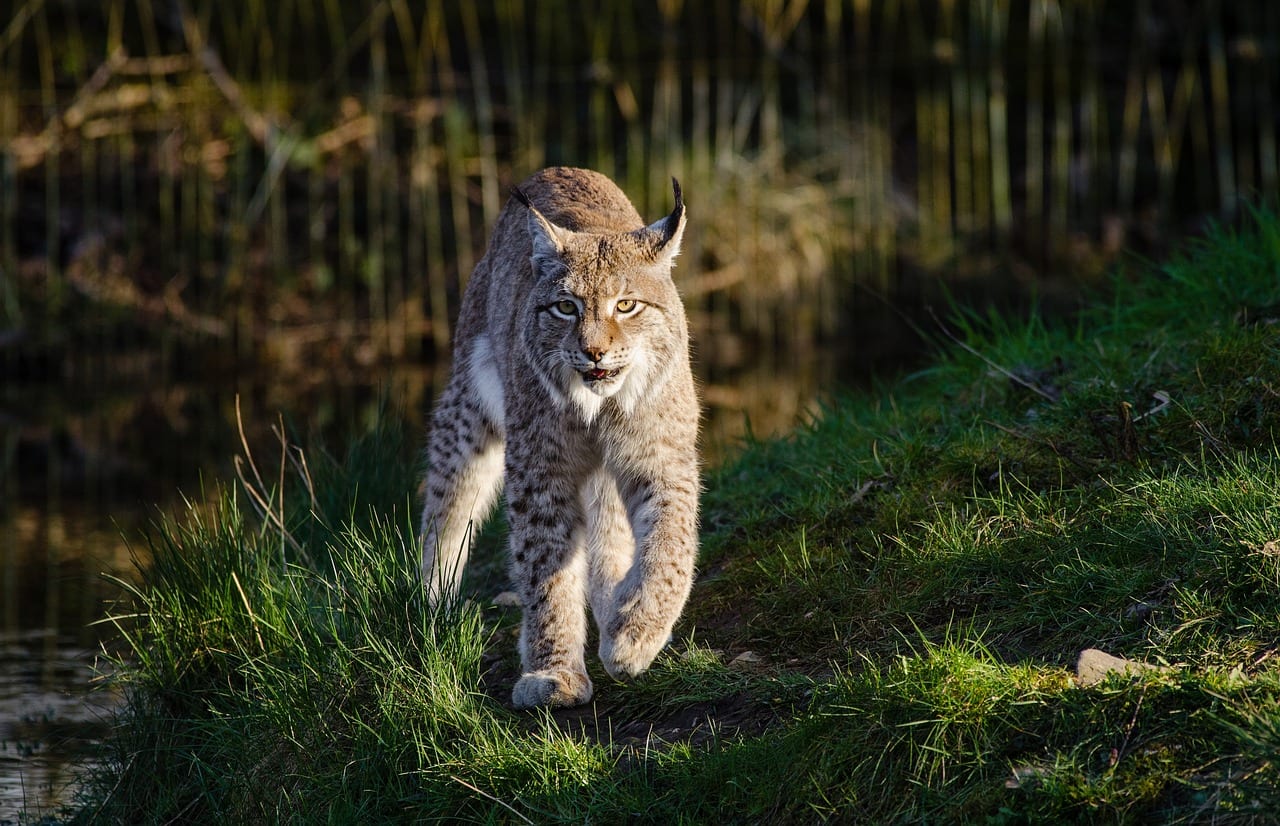
Tell Us About Your Experiences!
As you can see, Rocky Mountain National Park offers an amazing collection of wild animals for visitors to enjoy. Additionally, while it is a true wilderness area, the park is relatively easy to reach. Accordingly, it deserves serious consideration from any wildlife lover who is trying to figure out a good park to visit.
Have you ever visited Rocky Mountain National Park before? Tell us all about it! We’d love to hear about your favorite parts of the park and the animals you observed.



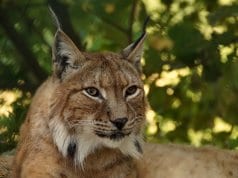
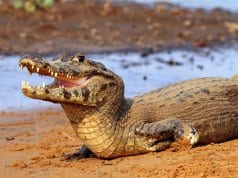
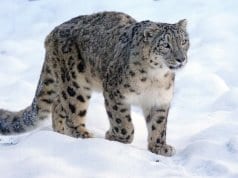
![Red Angus Closeup of a beautiful Red Angus cowPhoto by: U.S. Department of Agriculture [pubic domain]https://creativecommons.org/licenses/by/2.0/](https://animals.net/wp-content/uploads/2020/03/Red-Angus-4-100x75.jpg)

